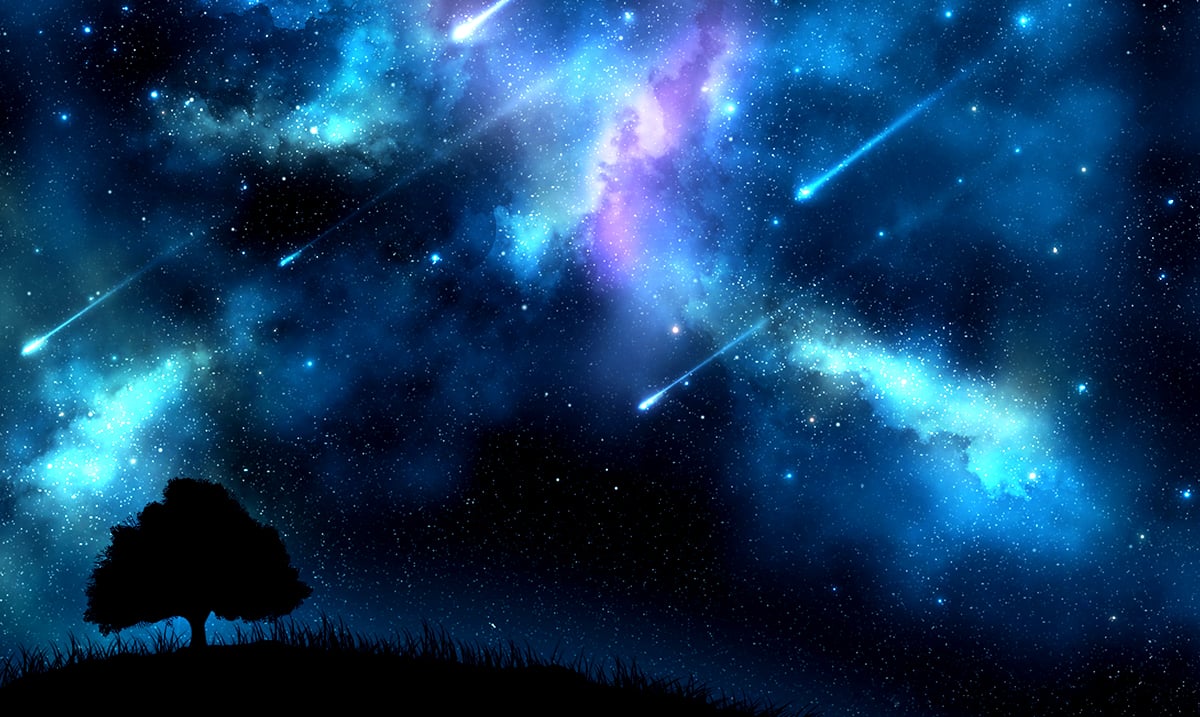On the night of December 13-14th the Geminid meteor shower peaks. While basically all December we’ve been seeing scattered shooting stars this shower could bring at least 50 per hour if things go as planned during peak.
The Geminid shower occurs around this time each year and is for the most part usually the brightest one by far. According to Space.com, there will be more than 1 shooting star per minute which could put us at 100 per hour depending on how things go. The clearer the sky the more lit up it will be.
This shower has never failed to occur in the past 200 years and is quite amazing. The shards of meteor we see during this shower are dust and debris from the asteroid 3200 Phaethon that we pass through each year. The meteors in this shower tend to truly peak around two am local time and as the name implied radiation point is the Gemini constellation.
Space.com wrote as follows in regards to finding the place to look for these shooting stars in the night sky:
To find Gemini in the Northern Hemisphere, look in the southwestern sky for the constellation Orion, which is easy to spot by the three stars in the hunter’s “belt.” Then look just up and to the left of Orion to see Gemini, high in the southwestern sky. In the Southern Hemisphere, Gemini appears to the lower right of Orion and both will hang in the northwestern sky.
Although the meteors will appear to stream away from Gemini, they can appear all across the sky. For best results, you should look slightly away from Gemini so that you can see meteors with longer “tails” as they streak by; staring directly at Gemini will just show you meteors that don’t travel very far.
Stay Warm When Viewing
To see this marvelous event in the sky you won’t need any kind of special equipment just your eyes. Find a place to sit or lay outside and wrap yourself in a nice warm blanket while you wait. After about 30 minutes your eyes should be adjusted and you should be more than prepared to see the shooting stars as they come forth.
This shower is best viewed around 2 am as that is when its radiant point is highest in the sky. Please keep in mind these shooting stars will not be constant and being patient is important when viewing. While 3200 Phaethon is a bit further away from us this year than it was last year, we should still be in for quite a nice show.
This shower in itself is quite interesting as it is not associated with a comet. While not everyone will be down to get out in the cold and take a peek depending on where you live doing something as simple as watching out your window could still provide you with the sight you want to see. This is easily the most reliable show of the year so I am sure we are in store for a delightful experience.
To see last years shower check out the video below. Wasn’t it magical? Hopefully, this years will be as well.

